Home>Gardening & Outdoor>Landscaping Ideas>When To Overseed Lawns
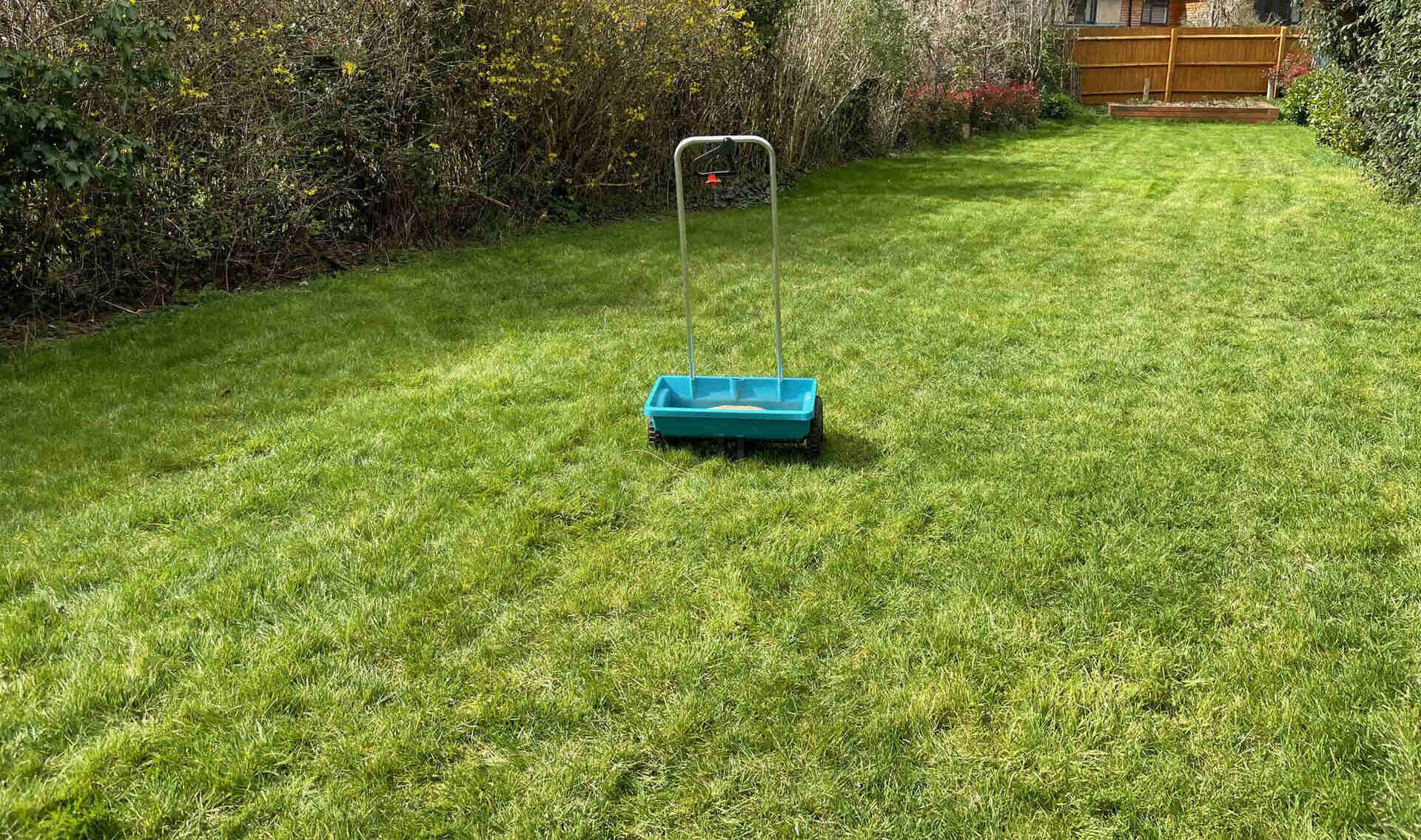

Landscaping Ideas
When To Overseed Lawns
Modified: September 2, 2024
Learn the best timing and techniques for overseeding lawns to achieve a lush, healthy yard with our expert landscaping ideas. Discover how to revitalize your lawn today!
(Many of the links in this article redirect to a specific reviewed product. Your purchase of these products through affiliate links helps to generate commission for Storables.com, at no extra cost. Learn more)
Understanding the Importance of Lawn Overseeding
Introduction
Maintaining a lush, vibrant lawn is a goal cherished by many homeowners. A healthy lawn not only enhances the visual appeal of your property but also provides a welcoming outdoor space for relaxation and recreation. However, achieving and sustaining a pristine lawn requires ongoing care and attention. One crucial aspect of lawn maintenance that often gets overlooked is overseeding.
Overseeding is a fundamental practice that can rejuvenate and fortify your lawn, ensuring its resilience against various stressors such as foot traffic, pests, diseases, and environmental fluctuations. This process involves planting grass seed directly into existing turf, supplementing the current grass population and addressing any thin or bare patches.
By understanding the significance of overseeding and the optimal timing for this activity, you can elevate the health and beauty of your lawn, fostering a verdant landscape that you can take pride in. In the following sections, we will delve into the intricacies of lawn overseeding, exploring its benefits, the ideal timing for this practice, preparation and aftercare techniques, and essential considerations when choosing the right seed. Let's embark on this journey to unlock the secrets of a resilient and thriving lawn through the art of overseeding.
Key Takeaways:
- Overseeding your lawn in the fall for cool-season grasses or in the spring for warm-season grasses can enhance density, resilience, and aesthetic appeal, promoting a lush and enduring landscape.
- Proper preparation, seed selection, and aftercare are crucial for successful overseeding, fostering the seamless integration and growth of new grass seed, and nurturing a visually stunning and resilient lawn.
Understanding Lawn Overseeding
Before delving into the specifics of overseeding, it’s essential to grasp the underlying principles of this practice. Overseeding serves as a proactive measure to reinforce the density and vitality of your lawn’s grass population. Over time, lawns can experience thinning due to factors such as foot traffic, drought, pests, and disease. This can result in unsightly bare patches and diminished overall health.
By introducing new grass seed to the existing turf, overseeding bolsters the lawn’s resilience and aesthetic appeal. The new grass seed not only fills in sparse areas but also introduces genetic diversity, which can enhance the lawn’s ability to withstand environmental stressors and combat potential disease and pest issues.
Moreover, overseeding facilitates the introduction of newer, improved grass varieties that may be more resistant to prevalent lawn issues, such as drought or disease. This can contribute to the overall longevity and sustainability of your lawn, ensuring its ability to thrive in the face of diverse challenges.
Understanding the role of overseeding in fortifying your lawn is crucial for making informed decisions about your lawn care regimen. By recognizing the value of this practice, you can take proactive steps to maintain a resilient and visually appealing lawn that provides a welcoming outdoor space for your household and guests.
Benefits of Overseeding
Embracing the practice of overseeding offers a multitude of benefits that contribute to the overall health and vibrancy of your lawn. Understanding these advantages can underscore the significance of incorporating overseeding into your lawn care routine:
- Enhanced Density and Fullness: Overseeding infuses new grass seed into the existing turf, promoting a denser and lusher lawn. This not only fills in bare patches but also contributes to a more uniform and visually appealing grass coverage.
- Improved Resilience: The introduction of new grass varieties through overseeding can enhance the lawn’s ability to withstand stressors such as foot traffic, inclement weather, and pest infestations. This fortification contributes to a more robust and durable lawn.
- Thwarting Weed Growth: A dense and healthy lawn resulting from overseeding can naturally impede the proliferation of weeds. By minimizing bare spots, overseeding creates an environment where grass can outcompete weeds, reducing the need for chemical weed control.
- Enhanced Aesthetic Appeal: Overseeding rejuvenates the visual allure of your lawn, revitalizing its color, texture, and overall appearance. This can significantly elevate the curb appeal of your property, leaving a lasting impression on visitors and passersby.
- Long-Term Sustainability: By continuously reinforcing the grass population through overseeding, you can promote the long-term sustainability of your lawn. This proactive approach helps mitigate issues related to aging turf and promotes a healthier, more enduring lawn ecosystem.
These benefits collectively underscore the transformative impact of overseeding on the health, appearance, and longevity of your lawn. By leveraging this practice, you can cultivate a resilient and visually stunning lawn that serves as a source of pride and enjoyment for you and your household.
When to Overseed
Timing plays a pivotal role in the success of overseeding, as selecting the right season and weather conditions can significantly influence the establishment and growth of new grass seed. The ideal time to overseed your lawn largely depends on the type of grass you have and the climate of your region. Here are some key considerations for determining the optimal timing for overseeding:
- Fall Season: For cool-season grasses, such as Kentucky bluegrass, fescue, and ryegrass, the fall season is widely regarded as the prime window for overseeding. The combination of warm soil and cool air creates favorable conditions for seed germination and establishment. Additionally, the reduced weed competition and milder temperatures during the fall contribute to the successful integration of new grass seed into the existing turf.
- Springtime: In regions with warm-season grasses like Bermuda grass, zoysia grass, and St. Augustine grass, overseeding is typically recommended in the spring. As the soil begins to warm up and the threat of frost diminishes, spring provides an opportune period for new grass seed to take root and flourish. This allows the young grass to establish itself before the onset of scorching summer temperatures.
- Avoiding Extremes: It’s crucial to avoid overseeding during the peak of summer or winter, as extreme temperatures can impede the germination and growth of new grass seed. High heat can desiccate the soil and stress the emerging seedlings, while freezing temperatures can hinder their establishment.
By aligning the timing of overseeding with the natural growth cycles of the grass species in your lawn, you can maximize the success of this rejuvenating practice. Additionally, keeping an eye on local weather patterns and soil temperatures can further guide your decision on the most opportune moment to overseed, ensuring that the new grass seed has the best possible conditions for robust growth and integration into your existing turf.
How to Prepare for Overseeding
Effective preparation is essential for creating an optimal environment that facilitates the successful integration of new grass seed into your lawn. By following these preparatory steps, you can set the stage for a seamless overseeding process:
- Lawn Assessment: Begin by conducting a thorough assessment of your lawn to identify areas that would benefit from overseeding. Pinpoint sparse or bare patches, as well as areas with thinning grass, and make note of any underlying soil issues that may need to be addressed.
- Soil Testing and Amendment: Test the soil to assess its pH levels and nutrient composition. Based on the results, consider amending the soil with organic matter or targeted fertilizers to optimize its condition for seed germination and growth.
- Mowing and Dethatching: Prior to overseeding, mow the existing grass to a shorter height to facilitate better seed-to-soil contact. Additionally, dethatch the lawn to reduce the presence of organic debris and promote direct seed contact with the soil surface.
- Soil Aeration: Utilize a core aerator to perforate the soil, alleviating compaction and enhancing air and water penetration. This process creates an ideal environment for seed germination and root development.
- Weed Control: Address any existing weed growth before overseeding, employing targeted herbicides or manual removal to minimize competition for resources and space once the new grass seed is sown.
- Seedbed Preparation: Rake the soil surface to create a receptive seedbed, removing debris and smoothing out uneven areas. This promotes uniform seed distribution and optimal seed-soil contact.
By meticulously preparing your lawn through these proactive measures, you can lay the groundwork for a successful overseeding endeavor. This comprehensive approach not only enhances the likelihood of new seed establishment but also sets the stage for a thriving and rejuvenated lawn that will be the envy of the neighborhood.
Tip: Overseed lawns in the early fall or spring for best results. Choose a high-quality grass seed that matches your existing lawn, and be sure to prepare the soil by raking and aerating before overseeding. Keep the soil consistently moist for optimal germination.
Choosing the Right Seed
Selecting the appropriate grass seed is a critical decision that can profoundly impact the success and longevity of your overseeding efforts. When choosing the right seed for your lawn, it’s essential to consider several key factors to ensure compatibility with your region, climate, and existing turf. Here are essential considerations for choosing the right seed:
- Grass Species: Identify the predominant grass species in your lawn and seek seed varieties that complement or enhance the existing turf. Consider factors such as color, texture, and growth habits to ensure seamless integration and visual harmony.
- Climate Adaptability: Evaluate the climate of your region and select grass seed varieties that are well-suited to the prevailing conditions. For example, if you experience hot, arid summers, opt for drought-tolerant grass species that can thrive in such environments.
- Foot Traffic Resilience: If your lawn is subjected to frequent foot traffic or play activities, prioritize grass seed varieties known for their resilience and quick recovery from wear and tear, ensuring lasting durability and aesthetic appeal.
- Shade Tolerance: Assess the sun exposure and shade patterns in your lawn, and choose grass seed blends that offer optimal shade tolerance if certain areas receive limited sunlight. This ensures consistent growth and coverage throughout your lawn.
- Disease and Pest Resistance: Look for grass seed varieties that exhibit resistance to prevalent lawn diseases and pests in your area, minimizing the risk of widespread infestations and promoting the long-term health of your lawn.
- Seed Quality and Purity: Prioritize high-quality seed blends with minimal weed and inert matter content, ensuring that the sown seed is predominantly composed of the desired grass species for optimal results.
By carefully considering these factors and consulting with local lawn care experts or nurseries, you can make an informed decision when selecting the right grass seed for overseeding. This thoughtful approach ensures that the new seed is well-suited to your lawn’s unique characteristics, setting the stage for robust growth and a resilient, visually captivating lawn.
Overseeding Techniques
Implementing effective overseeding techniques is crucial for maximizing the success of this rejuvenating practice and ensuring the seamless integration of new grass seed into your lawn. By following these proven techniques, you can optimize the establishment and growth of the newly sown seed, fostering a denser, more resilient lawn:
- Even Seed Distribution: Utilize a broadcast spreader or seed spreader to achieve uniform seed distribution across the entire lawn. This ensures consistent coverage and minimizes the risk of patchy areas or uneven growth.
- Seed-to-Soil Contact: Enhance seed germination by ensuring direct contact between the grass seed and the soil. Raking the seeded areas lightly or using a roller can facilitate this crucial connection, promoting successful establishment and growth.
- Overseed in Multiple Directions: To achieve comprehensive coverage, overseed the lawn in multiple directions. This technique helps address any potential gaps or missed spots, promoting a more uniform and robust grass population.
- Adjust Seeding Rate: Tailor the seeding rate based on the specific needs of your lawn, considering factors such as the extent of thinning, the grass species being overseeded, and the desired outcome. Following recommended seeding rates ensures optimal results without excessive seed wastage.
- Watering and Moisture Management: After overseeding, maintain consistent soil moisture by watering the seeded areas regularly. Adequate moisture is essential for seed germination and early growth, so monitor the soil moisture levels closely to support healthy establishment.
- Post-Overseeding Fertilization: Consider applying a starter fertilizer after overseeding to provide essential nutrients that support the initial growth of the new grass seed. This can bolster the establishment phase and contribute to robust, healthy seedling development.
By employing these overseeding techniques with precision and care, you can optimize the potential for successful seed establishment and foster a more resilient, visually captivating lawn. These strategies are instrumental in realizing the full rejuvenating potential of overseeding, nurturing a lush and vibrant lawn that enhances the beauty and functionality of your outdoor space.
Aftercare and Maintenance
After overseeding your lawn, diligent aftercare and ongoing maintenance are essential for nurturing the newly sown grass seed and fostering its successful integration into the existing turf. By adhering to these crucial aftercare practices, you can optimize the growth and resilience of the new grass, ensuring the long-term health and beauty of your lawn:
- Regular Watering: Maintain consistent soil moisture by watering the overseeded areas regularly. Avoid excessive saturation, but ensure that the soil remains consistently moist to support seed germination and early growth. This is particularly critical in the initial weeks following overseeding.
- Minimize Foot Traffic: Minimize foot traffic on the newly overseeded areas to prevent soil compaction and damage to emerging seedlings. Establish clear boundaries and pathways to divert traffic away from these vulnerable sections of the lawn.
- Mowing Considerations: Adjust your mowing routine to accommodate the newly overseeded areas. Refrain from mowing over these sections until the new grass has reached a height that allows for safe mowing, typically when it has reached approximately 3 inches in height.
- Post-Overseeding Fertilization: Consider applying a light, balanced fertilizer to the overseeded areas approximately six weeks after the initial overseeding. This supplemental nourishment can support the ongoing growth and development of the new grass, bolstering its resilience and vibrancy.
- Weed Control: Monitor the overseeded areas for any signs of weed growth and address them promptly. Targeted weed control measures can help minimize competition for resources and space, allowing the new grass to thrive without impediments.
- Patient Observation: Exercise patience and keen observation as the newly overseeded areas progress. Keep a watchful eye on the growth and development of the new grass, making note of any areas that may require additional attention or adjustments in your maintenance routine.
By conscientiously tending to the aftercare needs of your overseeded lawn and integrating these maintenance practices into your routine, you can nurture the successful establishment of the new grass seed and promote a robust, visually stunning lawn. This attentive approach ensures that your investment in overseeding yields enduring dividends, fostering a lush and resilient outdoor oasis that you can enjoy for years to come.
Conclusion
Embarking on the journey of overseeding your lawn is a transformative endeavor that holds the potential to revitalize and fortify your outdoor space. By understanding the nuances of overseeding and embracing the essential practices outlined in this guide, you can elevate the health, beauty, and resilience of your lawn, creating an inviting and vibrant landscape that enhances your home’s curb appeal and provides a welcoming outdoor haven for relaxation and recreation.
From the critical considerations of timing and preparation to the meticulous selection of the right seed and the implementation of effective overseeding techniques, every step in the process plays a pivotal role in shaping the success of this rejuvenating practice. Moreover, the dedication to aftercare and ongoing maintenance is instrumental in nurturing the newly sown grass seed and ensuring its seamless integration into the existing turf, fostering a lush, resilient, and visually captivating lawn that reflects your commitment to exceptional outdoor stewardship.
As you venture into the realm of overseeding, remember that patience, attentiveness, and a deep understanding of your lawn’s unique characteristics are the cornerstones of success. By infusing your lawn care regimen with these foundational principles and embracing the art of overseeding as a labor of love, you can cultivate a verdant, thriving landscape that enriches your daily life and leaves a lasting impression on all who behold its natural splendor.
With each season, your overseeded lawn will flourish and evolve, serving as a testament to your unwavering dedication to nurturing a vibrant and enduring outdoor sanctuary. Embrace the journey of overseeding, and revel in the remarkable transformation that unfolds, as your once-thinning lawn blossoms into a lush, resilient tapestry of green that embodies the timeless allure of a well-tended, flourishing landscape.
Frequently Asked Questions about When To Overseed Lawns
Was this page helpful?
At Storables.com, we guarantee accurate and reliable information. Our content, validated by Expert Board Contributors, is crafted following stringent Editorial Policies. We're committed to providing you with well-researched, expert-backed insights for all your informational needs.
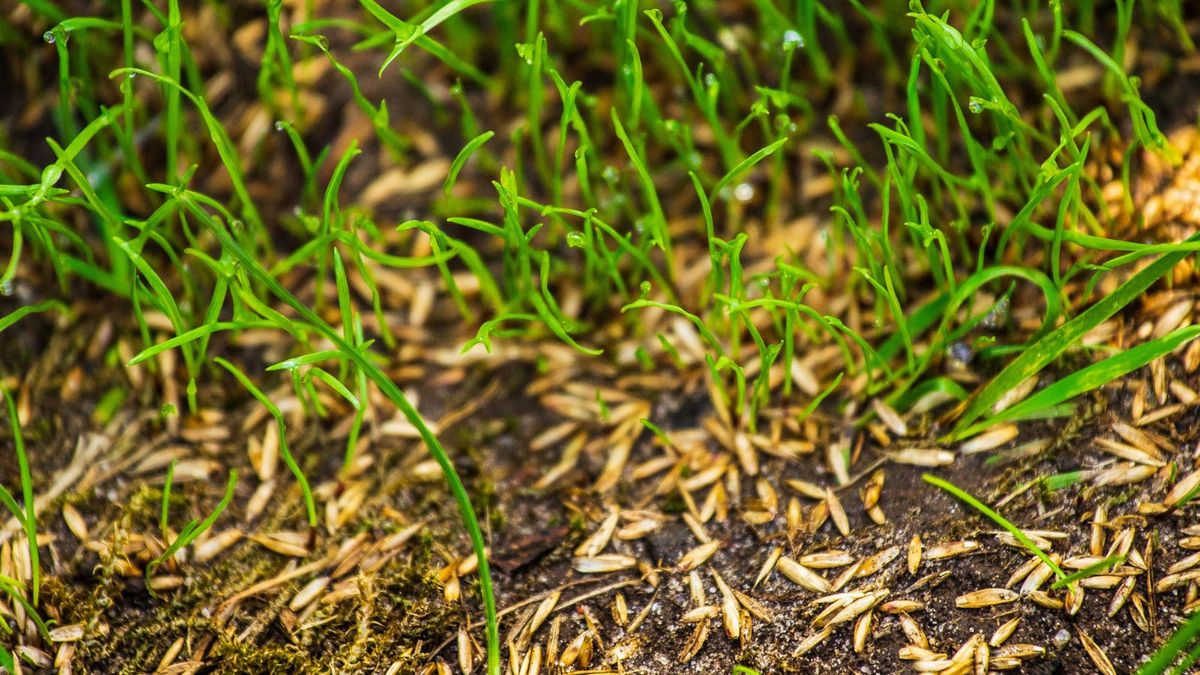
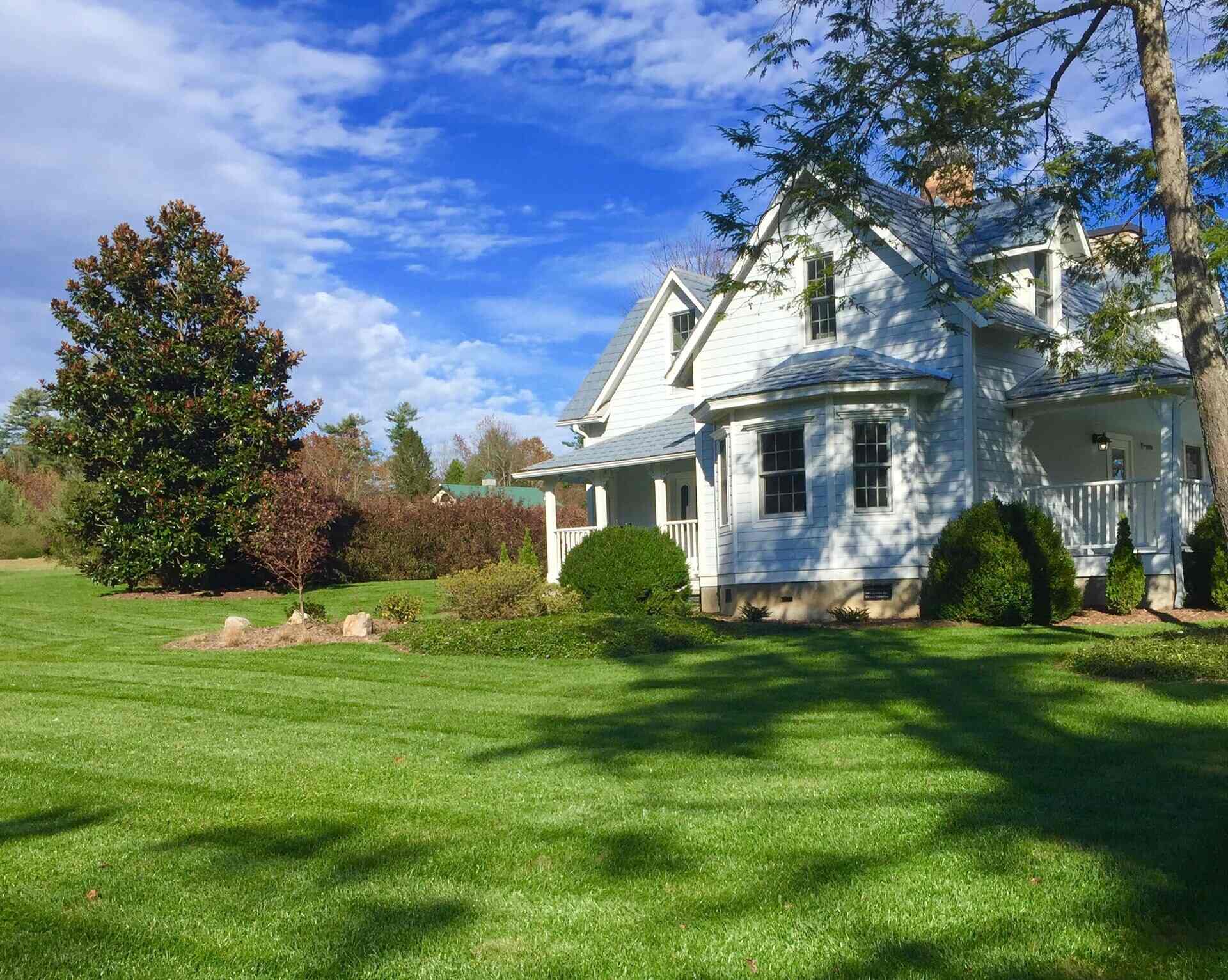
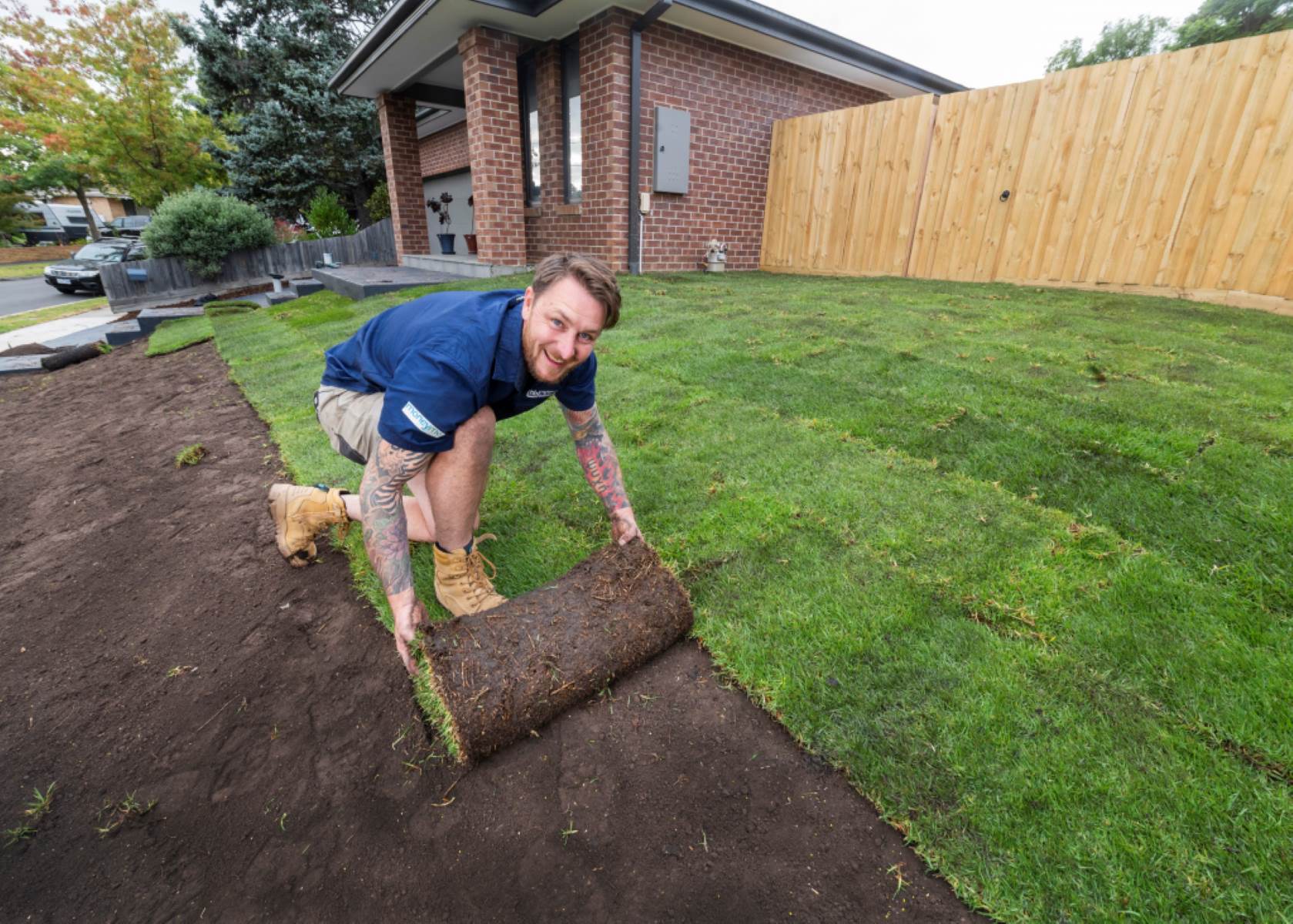
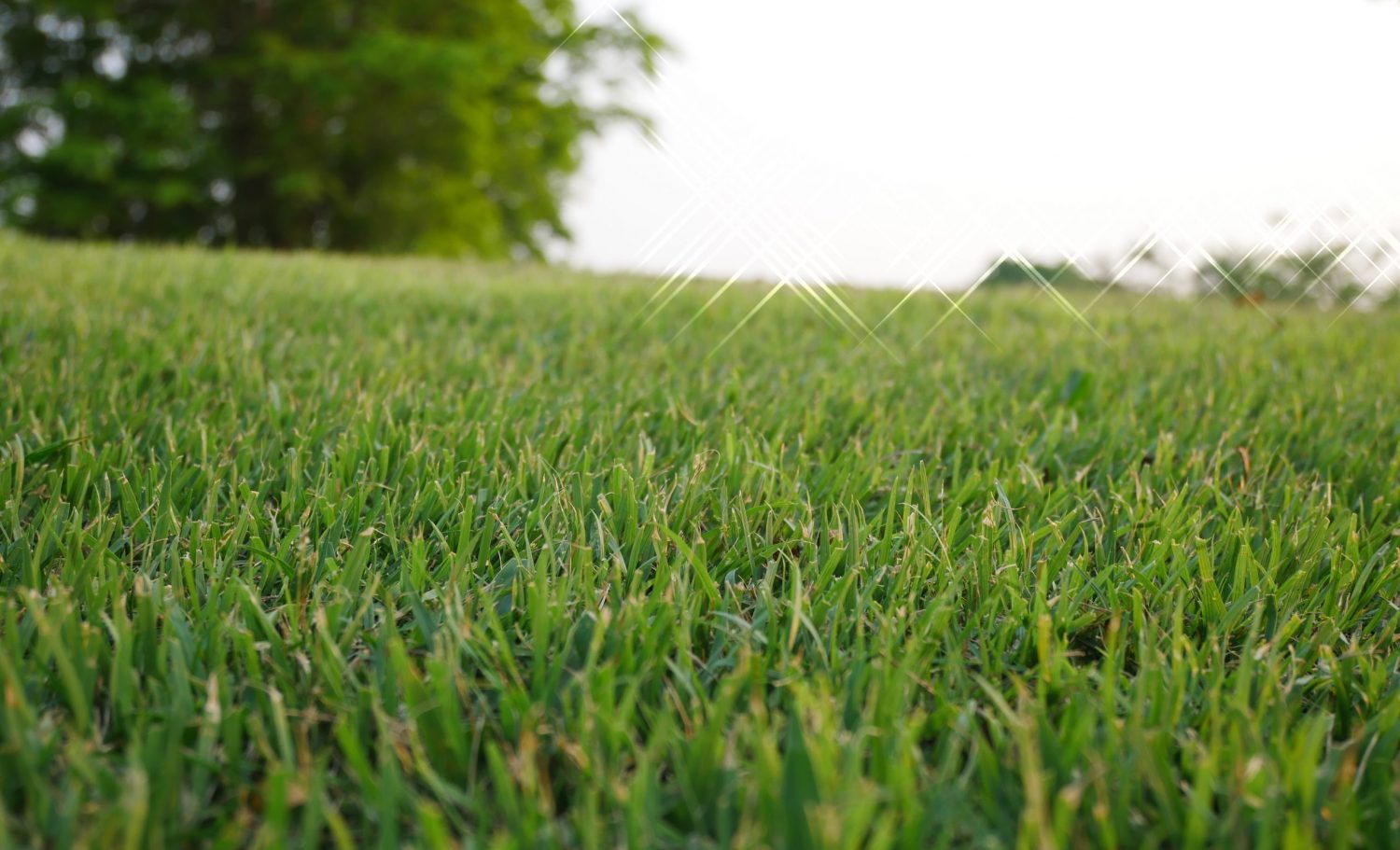

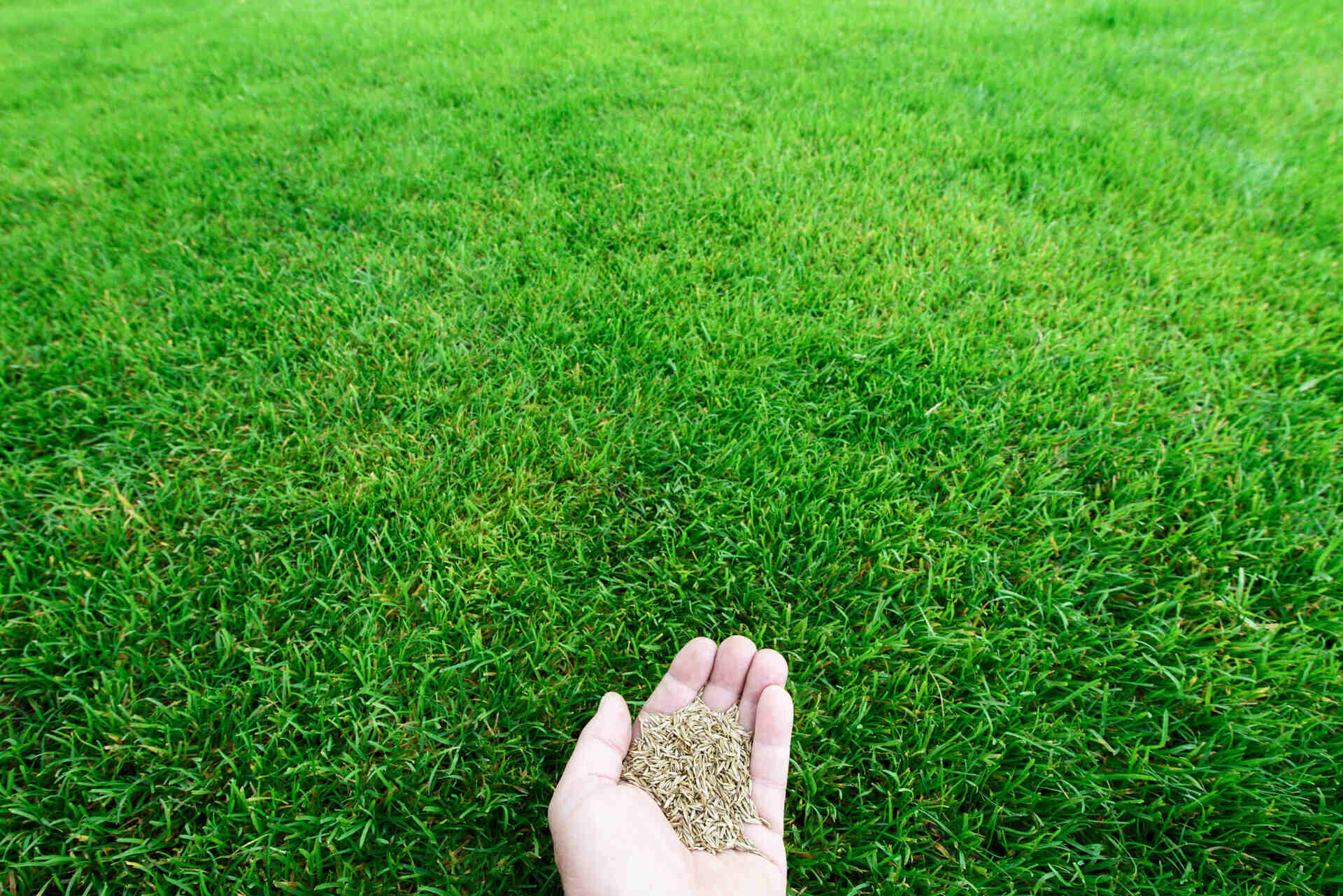
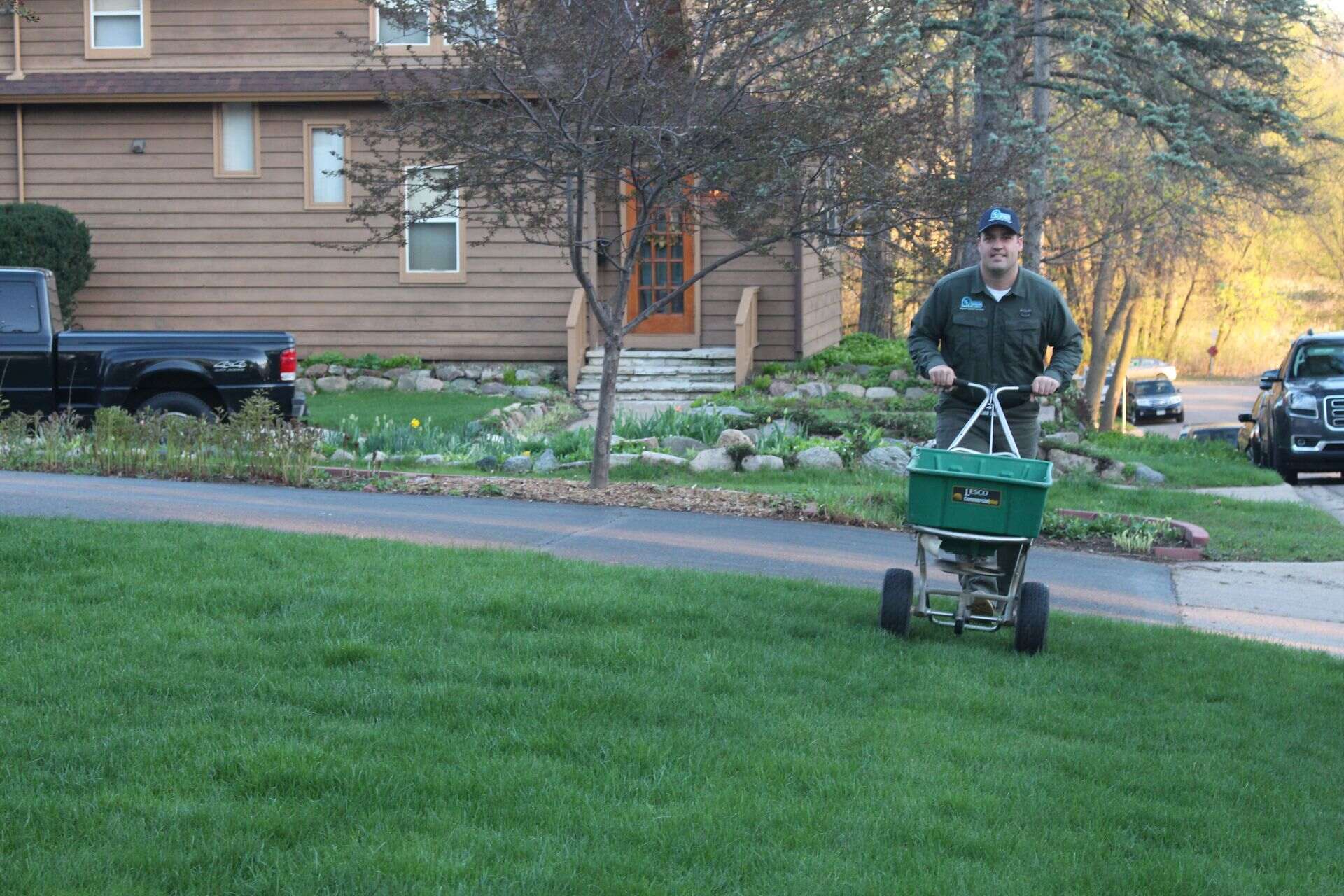
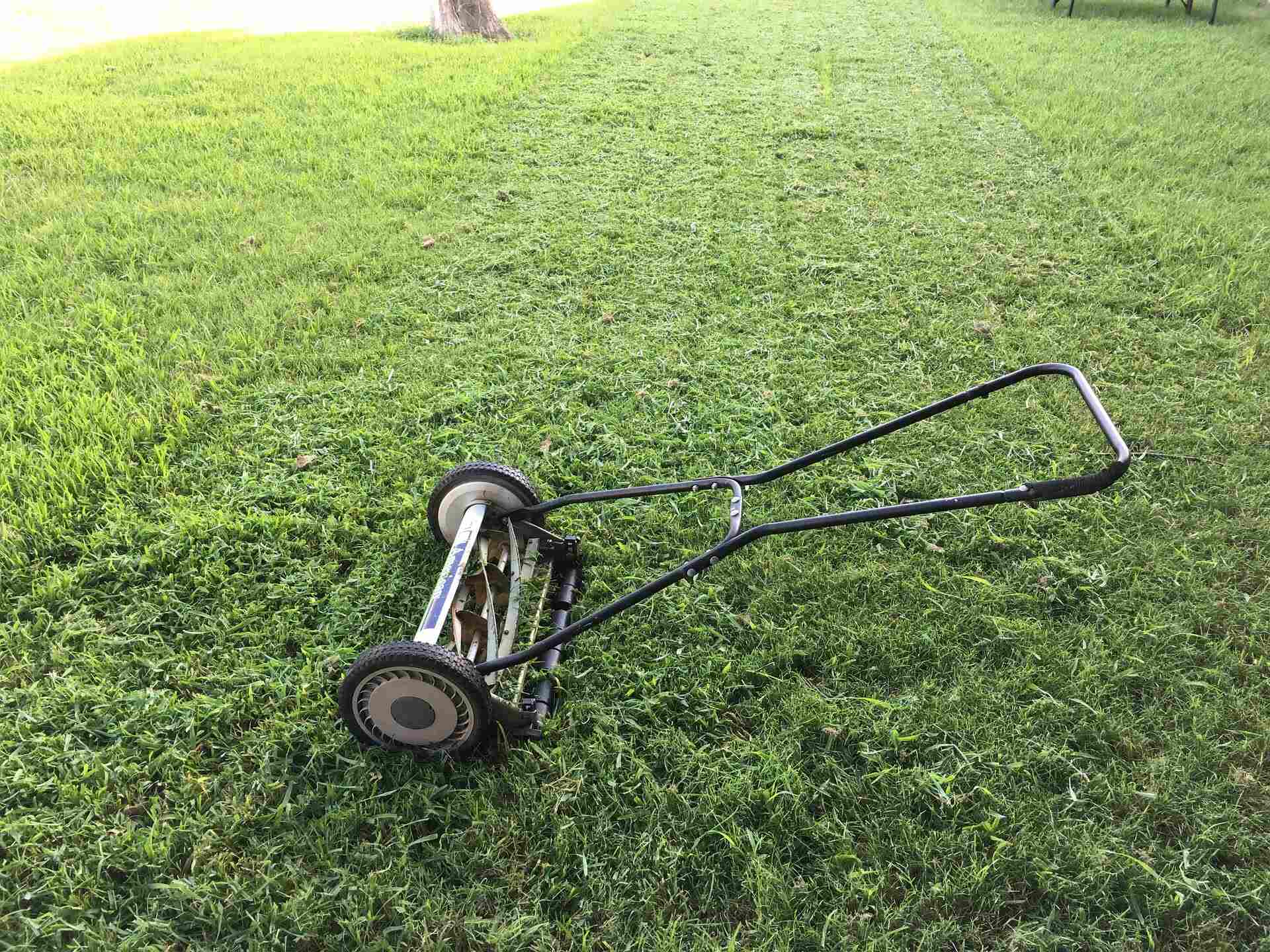
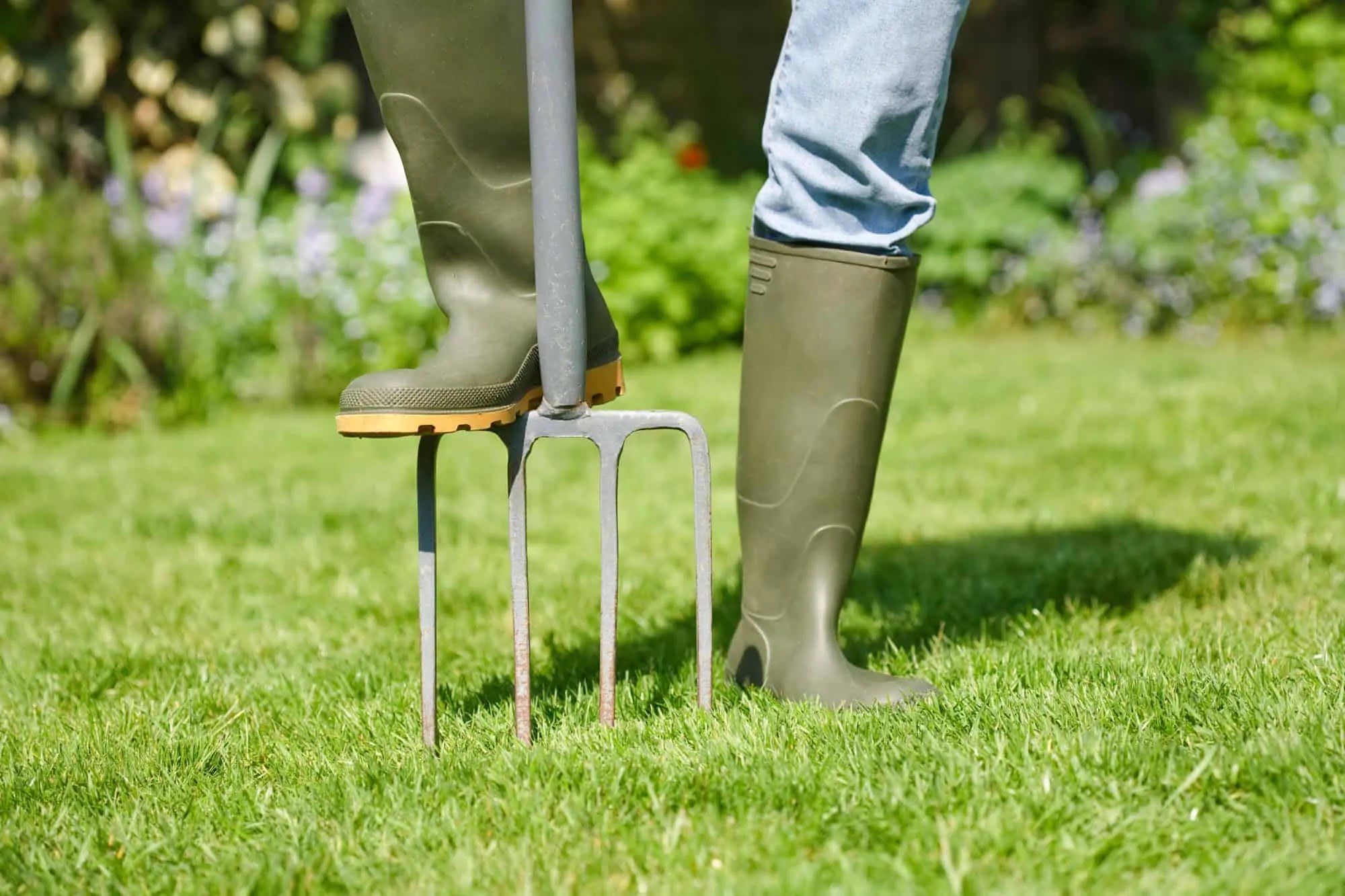
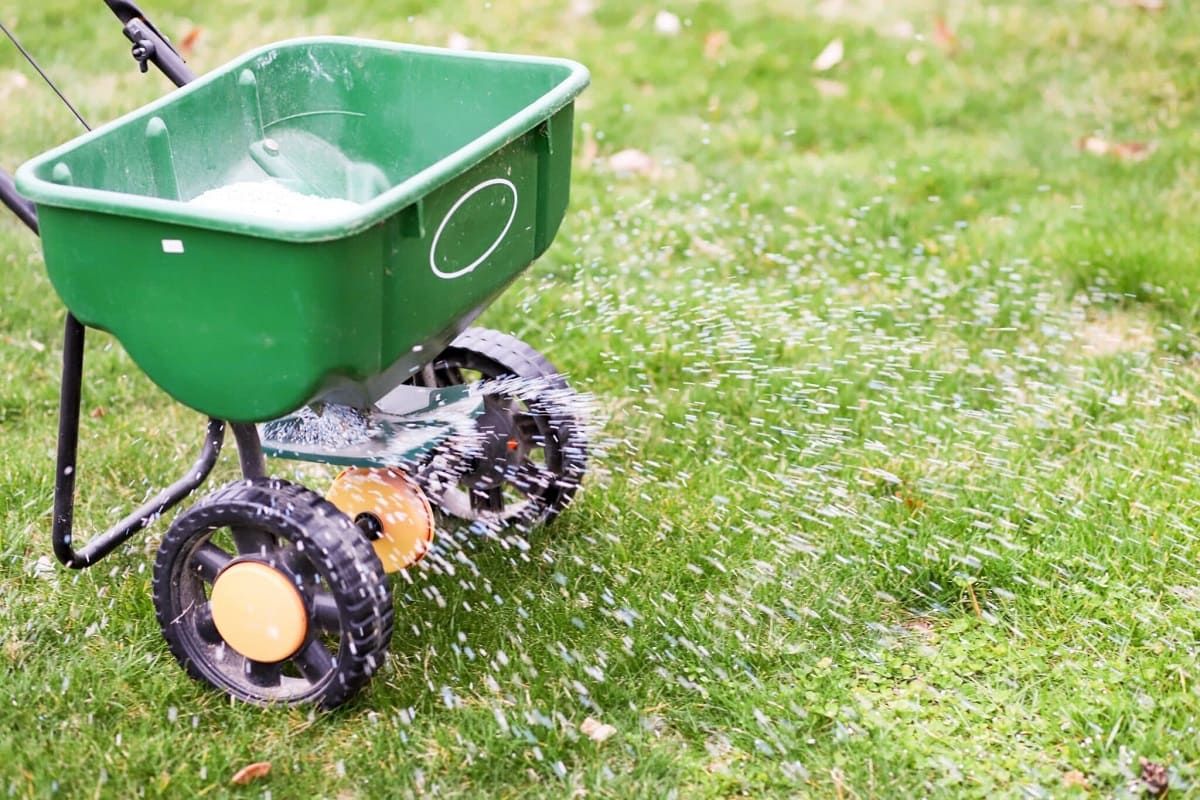
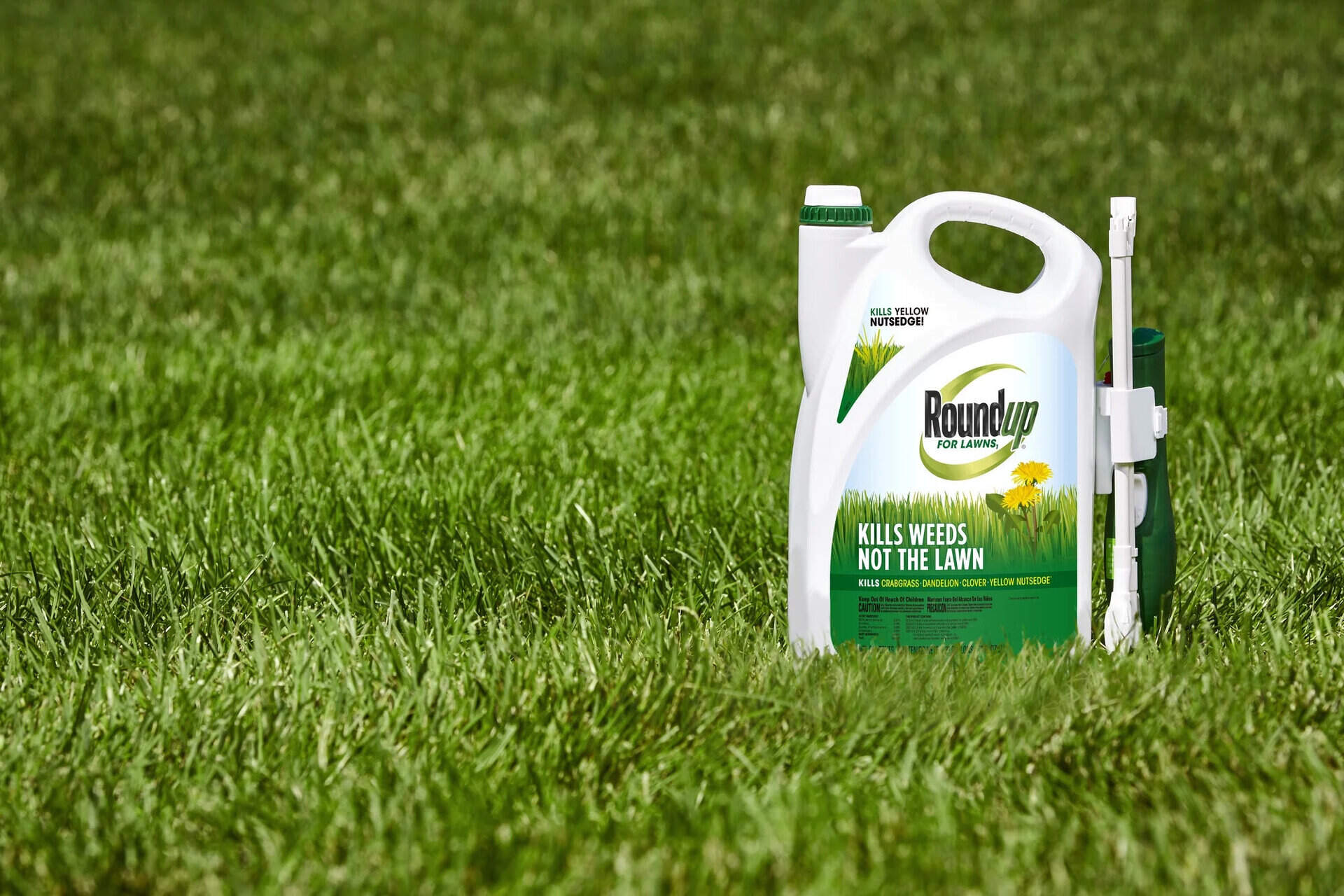

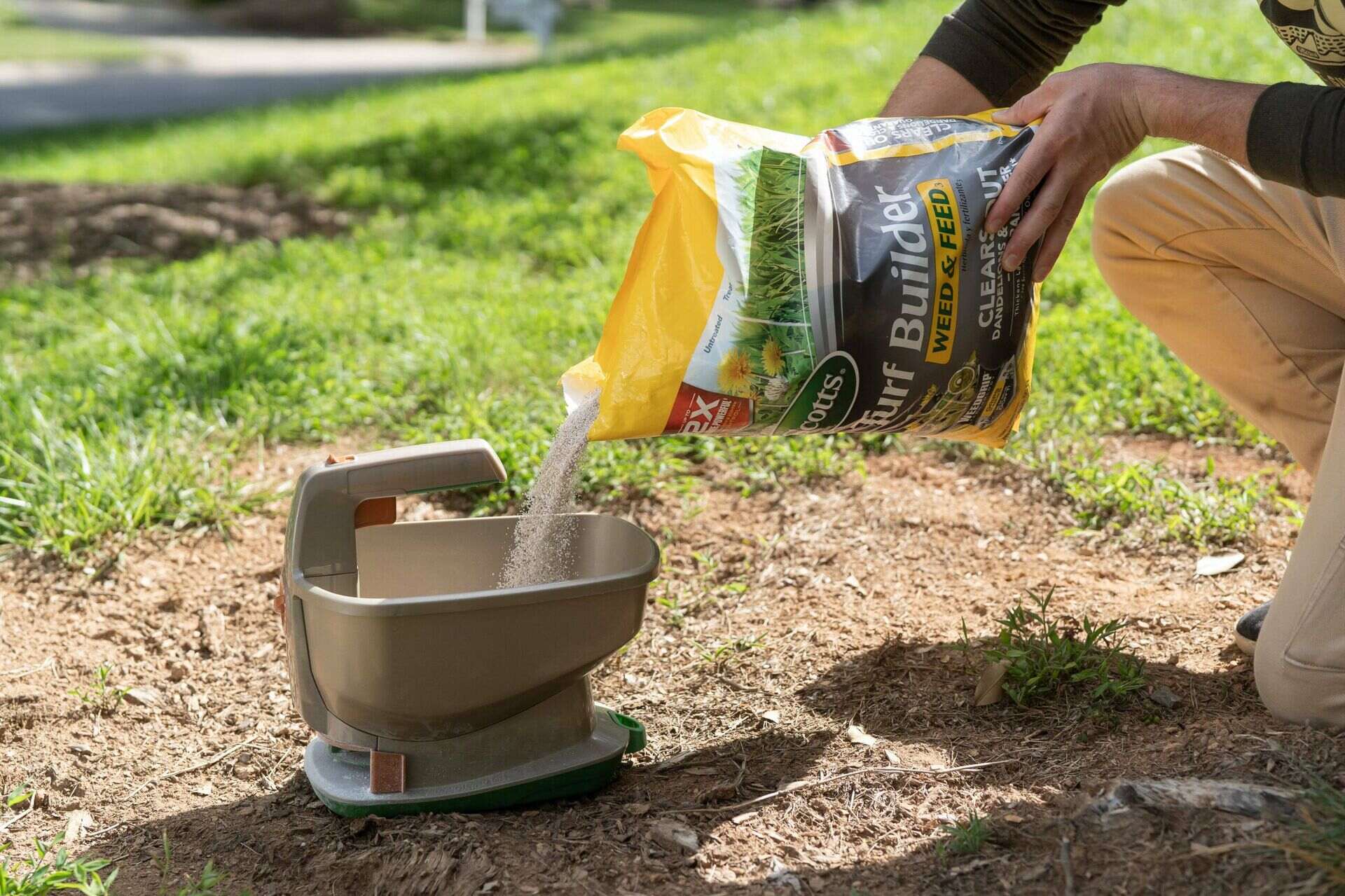
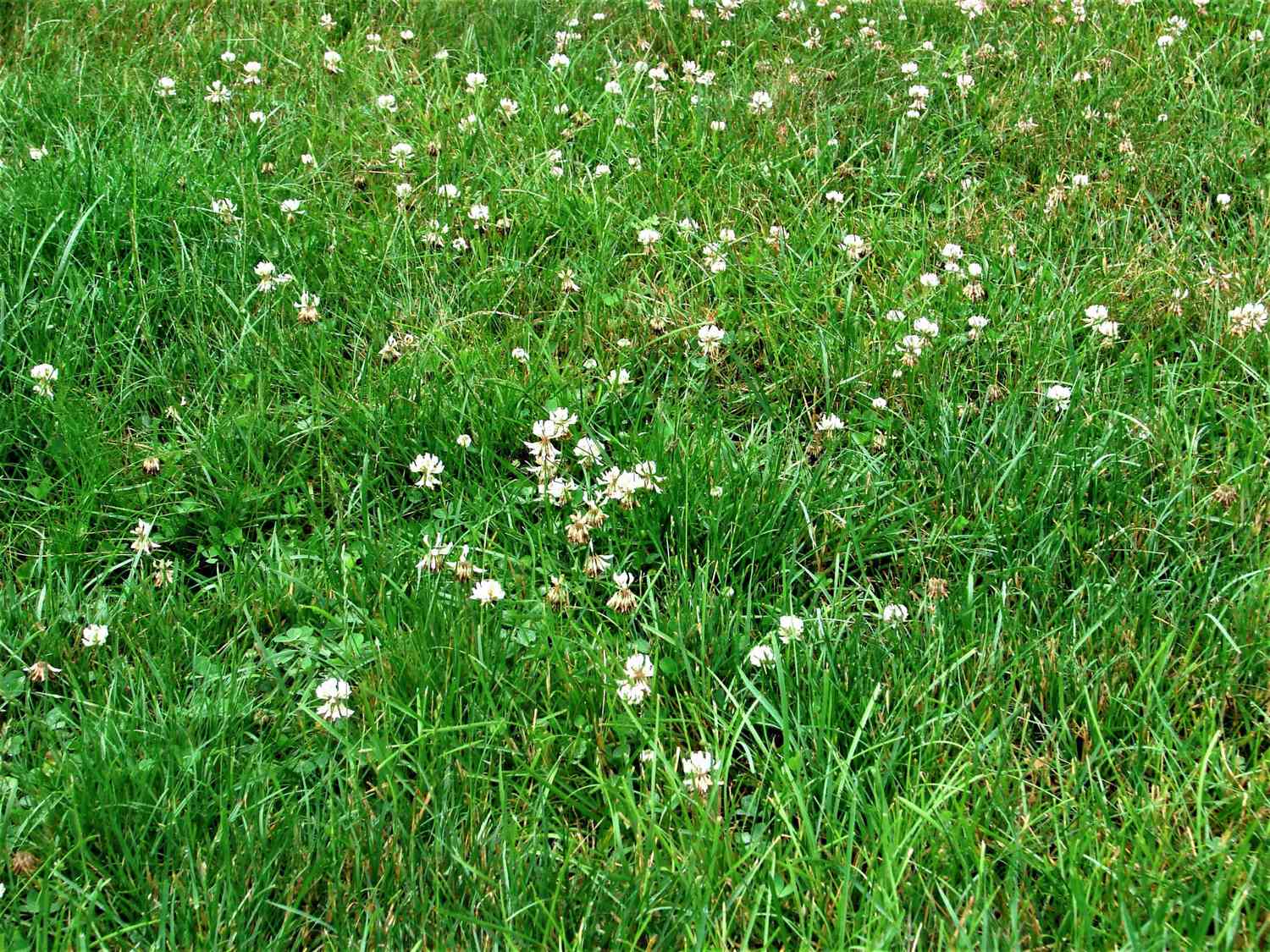

0 thoughts on “When To Overseed Lawns”